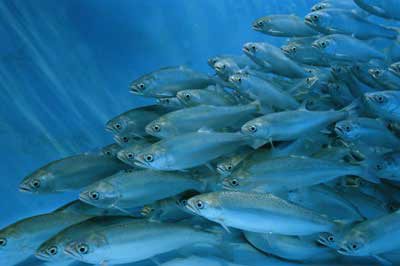New study evaluates antibiotic usage in aquaculture

A study carried out by Arizona State University researchers found traces of five antibiotics in fish samples. The sampled fish came from 11 countries. The study warns that antibiotics levels below the limited amount will lead to drug-resistant microorganisms.
Hansa Done, PhD candidate, and Rolf Halden, PhD, researchers at Arizona State University’s Biodesign Institute, examined antibiotic use in the rapidly expanding world of global aquaculture. They measured the presence of antibiotics in shrimp, salmon, catfish, trout, tilapia and swai, originating from 11 countries. Data showed traces of 5 of the 47 antibiotics evaluated.
In September, President Obama proposed the first governmental steps to address the problem, establishing a task force to be co-chaired by the secretaries of Health and Human Services, the Department of Defense, and the Department of Agriculture.
The authors say the aquaculture has undergone rapid growth to meet the burgeoning global demand, nearly tripling over the past 20 years to an estimated 83 million metric tons in 2013. The large increase has led to widespread antibiotic use, applied both to prevent and treat pathogens known to infect fish. The broad effects on health and the environment associated with these practices remain speculative.
In the study, 27 seafood samples were examined for the presence of antibiotics. The samples represent five of the top 10 most consumed seafood varieties in the US. Five antibiotics were present in detectable amounts: oxytetracycline in wild shrimp, farmed tilapia, farmed salmon and farmed trout; 4-epioxytetracycline in farmed salmon, sulfadimethoxine in farmed shrimp, ormetoprim in farmed salmon, and virginiamycin in farmed salmon that had been marketed as antibiotic-free.
All seafood analyzed was found to be in compliance with US FDA regulations; however, the authors note that sub-regulatory antibiotic levels can promote resistance development, according to their extensive meta-analysis of existing literature.
The current study offers a warning that antibiotics present at levels well below regulatory limits can still promote the development of drug-resistant microorganisms. An increase in resistant and multi-drug resistant bacterial strains documented over the past three decades indicates that much more thorough monitoring of seafood supplies is needed .
The research findings and a discussion of their implications appear in the current issue of the Journal of Hazardous Materials.
Source: Arizona State University











